Hosted by Unknown Mami
During the July school holidays my mum and I took the kids to Cockatoo Island for the day. Cockatoo Island, a former convict prison and shipyard, is the largest island in Sydney Harbour and when we went to visit it was being used as one of the venues for the 17th Biennale of Sydney to host 120 works by 56 artists. So we got history and art in the one go.
A free ferry service was provided for the Biennale and we did the stand outside and freeze while looking over the side at the water thing that one must always do when traveling on a Sydney Ferry (I'm sure there's a rule somewhere).
The backs of Dave's, Cait's and Grandma's heads.
Cold kids and a cuddly Mum.
Cockatoo Island from the ferry
Free Ferry!
From the Cockatoo Island website:
The History of Cockatoo IslandYou can stay on Cockatoo Island, either in tents or in the old Federation era duplex which you can see up on the top of the cliff.
The history of Cockatoo Island is emblematic of Australia's history. Before the arrival of Europeans, it was undoubtedly used by the first Australians, the Aboriginal tribes of Sydney's coastal region. In 1839 it was chosen as the site of a new penal establishment by the Governor of the colony of New South Wales, Sir George Gipps.
Convicts were put to work building prison barracks, a military guardhouse and official residences. Not long after, the maritime history of Cockatoo Island began with the construction of the Fitzroy Dock by convicts.
For the next 50 years the island was both a place of incarceration and the site of the colony's ship repair and shipbuilding activities. During the twentieth century maritime activity grew, notably during World War I and World War II. For a time, Cockatoo Island was the largest shipbuilding yard in Australia.
When the shipyard closed in 1992, Cockatoo Island lay dormant for a decade until the Sydney Harbour Federation Trust was established and given the responsibility of revitalising this significant site. The Trust is rehabilitating the island and creating one of the most unusual places to visit in the city.
The Guardhouse was built to double as a fort. If the prisoners decided to revolt, the guards could lock themselves in here and fire out through the embrasures.
Serge Spitzer's art installation in the old Guardhouse - little steel balls apparently randomly scattered over the floor. I really liked this one but I couldn't tell you why.
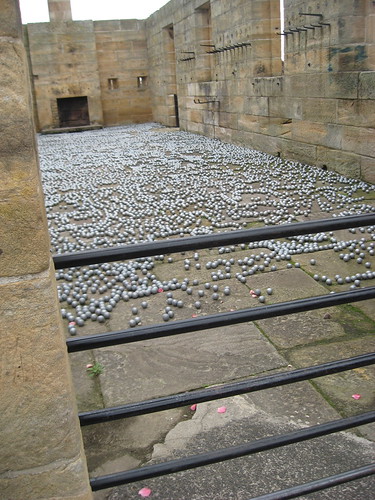
Ready to repel rebellious convicts?
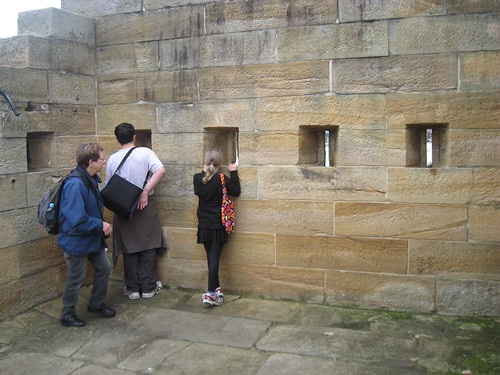
Tom sitting in front of the Mess Hall and Barracks.

Looking down at Sutherland Dock.

Photocollage by Jemima Wyman (I think. I should have written this post weeks ago when I could still remember!)
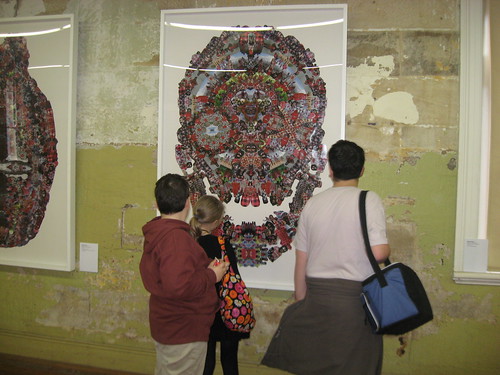
Cai Guo-Qiang's exploding cars
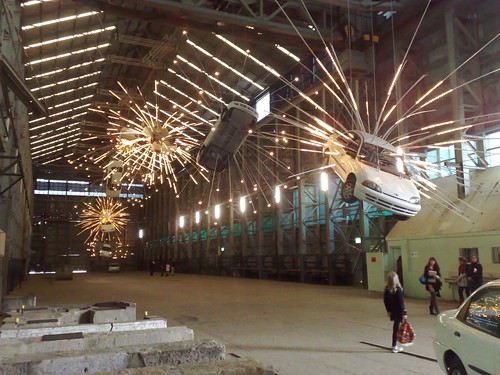
Factory buildings.
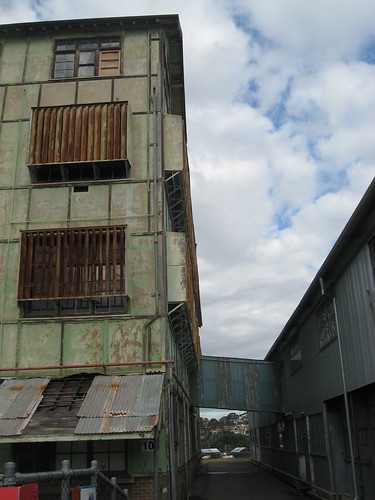
Free Overseers' Quarters which were converted to an air raid shelter in World War 2
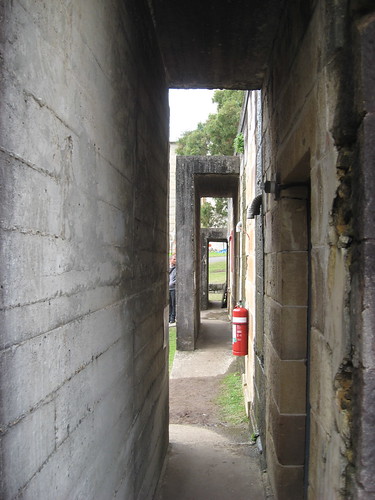

Another view of the Federation era duplex

Looking down at The Plaza and and at "Jumping Castle War Memorial" by Brook Andrews - you had to be 16 years or over to jump on the castle. I didn't see anyone on it.

"Caution: Aggressive Birds"
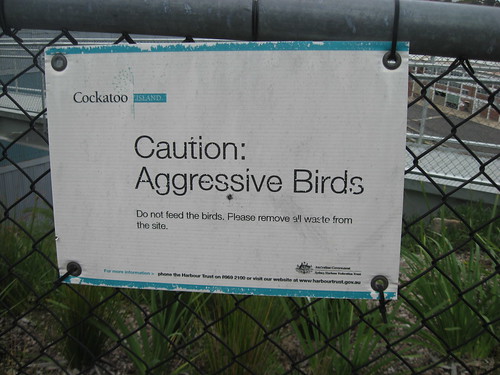
Example thereof. I'm not convinced.

Grain Silo walkway

Grain silos were carved out of the sandstone by hand by convicts in the early 1800's
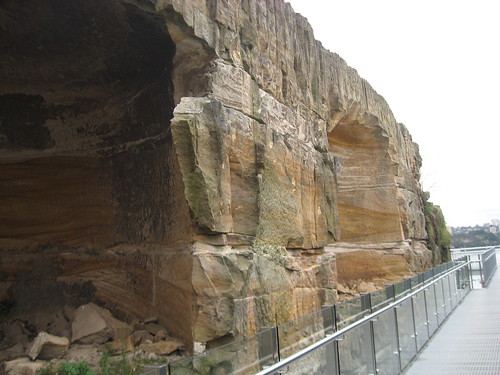

Once we'd found our way back down to the lower level of the island we walked through the dogleg tunnel which was built to get men, parts and equipment from one side of the island to the other more easily. It also doubled as a bomb shelter during World War II.
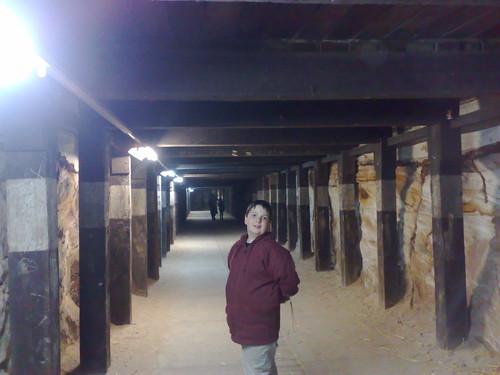
Map of the island (click to embiggen)
Don't forget to stop by Unknown Mami's place to see what everyone else is sharing!
ETA: I just realised there was an historical tidbit I forgot to put in, and it's my favourite fact about the island!
The only prisoner known to have escaped from Cockatoo Island was Frederick Ward. In 1863 he swam to the mainland where his Aboriginal mistress was waiting for him with clothes and a horse. He headed for the north-west of NSW and became the bushranger Thunderbolt, until he was shot and killed by the police in 1870.
Thunderbolt was based in the area around Uralla near Armidale which is where we went at Easter for the Dark Ages camp. There's a museum at Uralla with lots of Thunderbolt memorabilia and artifacts.












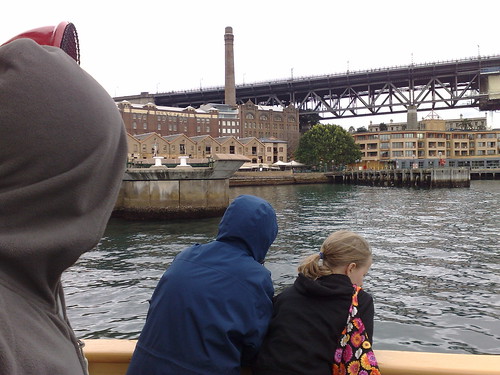
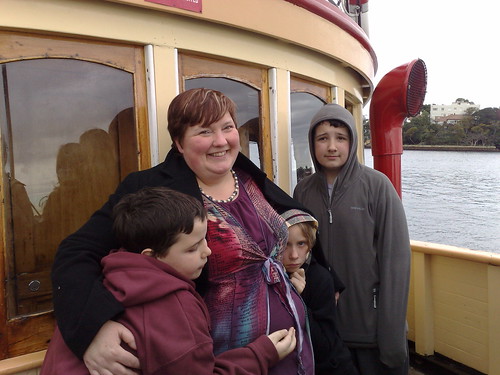

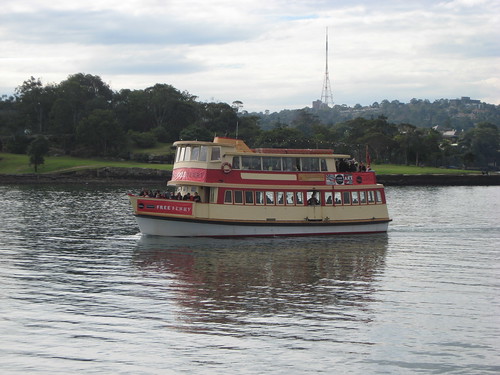

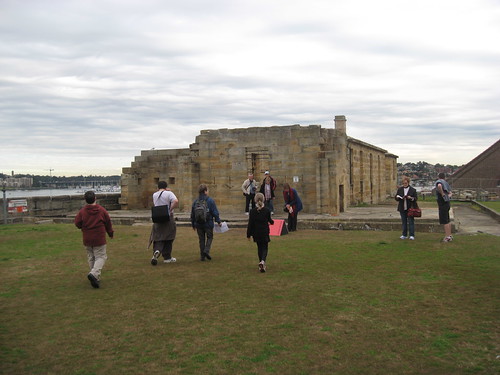


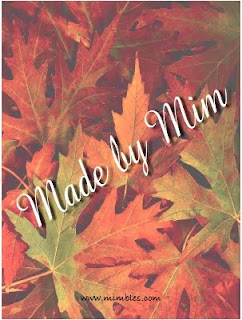


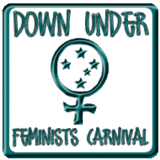











13 comments:
What an intriguing place to visit. So much history!
I love exploring this historical site through your lens. Ferries are so much fun even on cold and foggy days. Thanks so much for the history and story. I really enjoy learning about new places. Love the sign "caution, aggressive birds." I enjoyed your post very much.
Oh wow! I loved this adventure! I feel like I learned so much! I can't imagine being a prisoner there. I laughed out loud about the aggressive birds! Beware : ) I am glad your mom could go along. Your family is very beautiful.
This is a fantastic post! I really really like the steel ball installation.
I agree with Unknown Mami, brilliant post Mim. Will have to visit one day...
really interesting with an edge of grimness. :)
I just realised there was an historical tidbit I forgot to put in, and it's my favourite fact about the island!
The only prisoner known to have escaped from Cockatoo Island was Frederick Ward. In 1863 he swam to the mainland where his Aboriginal mistress was waiting for him with clothes and a horse. He headed for the north-west of NSW and became the bushranger Thunderbolt, until he was shot and killed by the police in 1870.
Thunderbolt was based in the area around Uralla near Armidale which is where we went at Easter for the Dark Ages camp. There's a museum at Uralla with lots of Thunderbolt memorabilia and artifacts.
Another terrific post, Mim! Had to laugh at the aggressive bird sign. If we ever get to visit your beautiful, fascinating country, Jim and I will be sure to wear helmets and other protective gear:)
Great story about Thunderbolt. Your "bushranger" must be the same as our "outlaw". Love the term.
This was a great journey. My favorites, the steel balls (wonder why) and "aggressive birds," warning :)
Thank you so much for a grand tour! This is some place I'd probably never heard of IF not for your post. I LOLed at the WARNING sign. That bird cannot be that scary, right?
What a great tour, the pics were great! Reminds me of Alcatraz in San Francisco!
Fantastic post, Cockatoo Island looks like fun.
Happy SIMC
Thanks for the great pictures and the history. I agree with Erin it does remind me of Alcatraz. And I had no idea any other country had done something similar. It does make sense though. Thanks for sharing.
Post a Comment